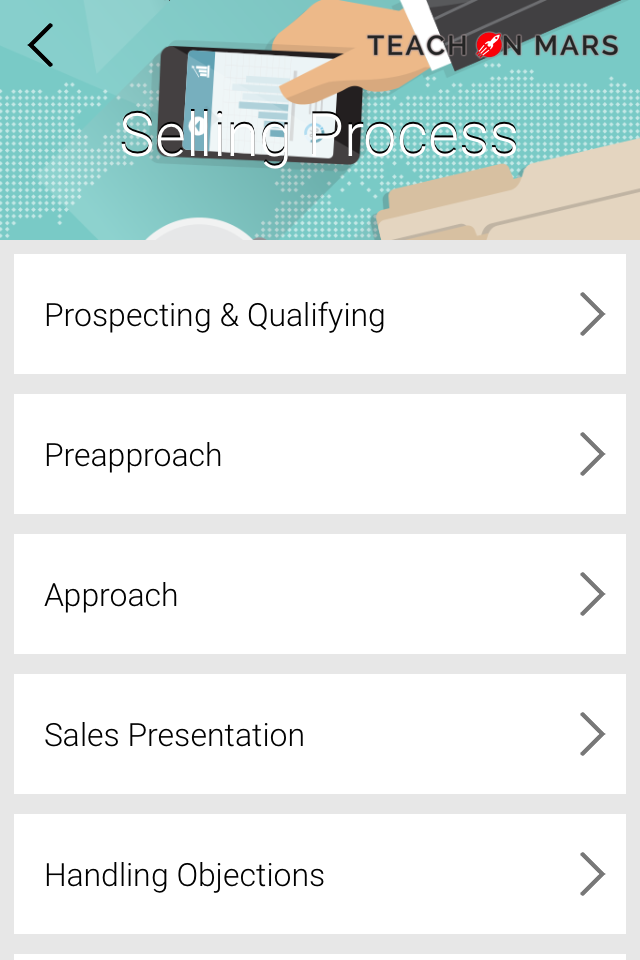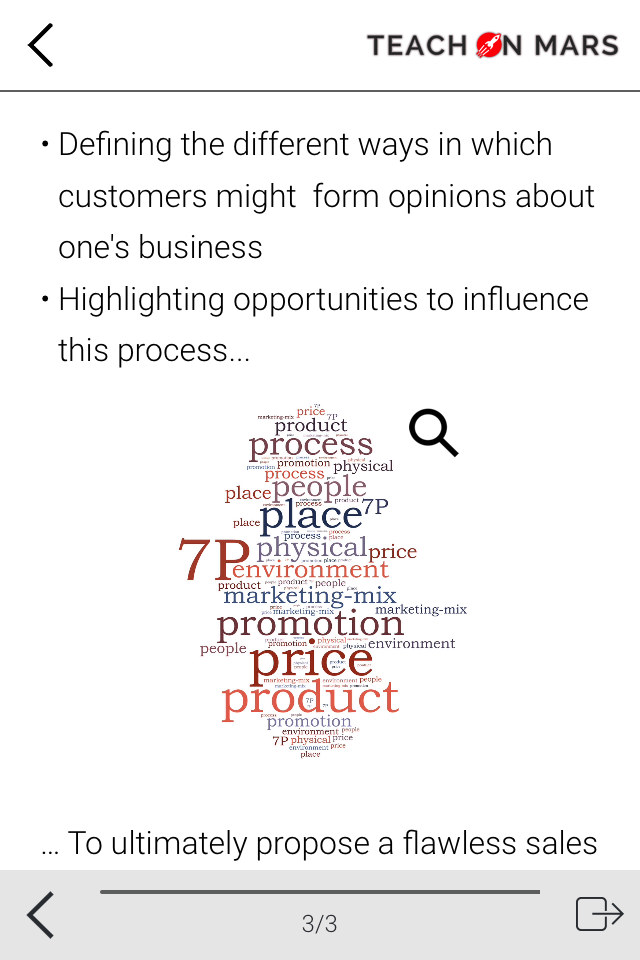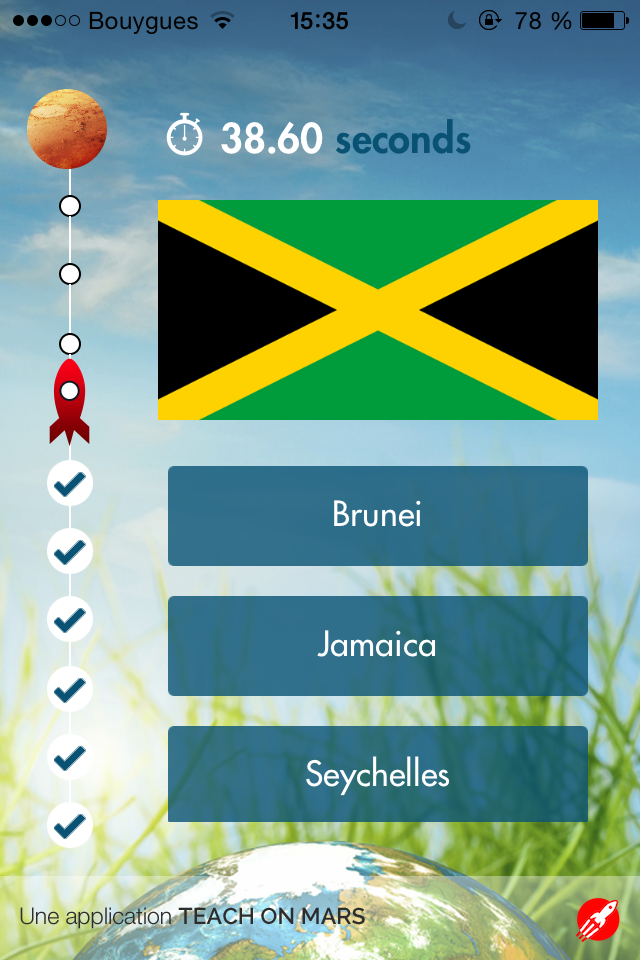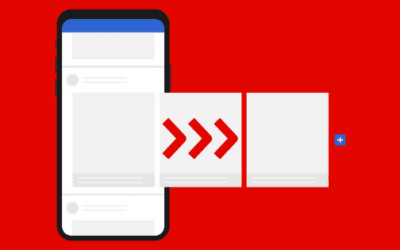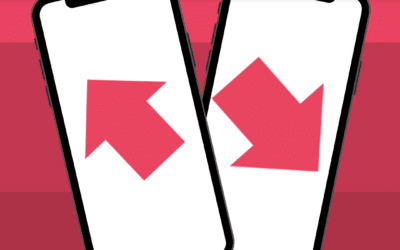In lessons #1, #2 and #3, we studied how oddly our busy brain sometimes analyses what we see.
The next chapters are dedicated to another key brain feature: the storage! We have so many memories, and I’m not just meaning our wildest souvenirs! Our brain is like a galactic bulge, chunking, shifting and recalling zillions of info every “zillisecond”. Everyone’s head is undoubtedly the largest repository of data in the galaxy!
So, how to best stimulate our brain storage functionality throughout the learning cycle and turn a bird brain into a Head?
Let’s dedicate Lesson #4 to the working memory. Also called STM (Short Term Memory), it consists of the information that is active in our consciousness right now, the things we’re aware of.
Do you recall frantically reciting a phone number in order to dial it straight away (yet the number is probably now drowned in the depth of your mnemonic abyss)? As per Tracy Alloway studies, the most trained the working memory (thanks to the resulting increased connections among our brain zones – prefrontal cortex, left and right hemispheres), the most successful we tend to be.
To improve it, first, and this is an advice for learners, 100% focus attention on the item(s), avoid disturbance and relax. Indeed, STM effectiveness decreases with stress and sensory interferences (a door shuts, someone talks to you…).
Second, and these are advices for our genuine authors, maximise leaners’ experience by writing contents that value the following guidelines:
- STM capacity “magical number seven”: It is trusted that STM can store seven items of information at a time, plus or minus two items. Depending on the current thinking, this number is sometimes shortened to four. Therefore narrow down content to a few pieces of information in an activity in order to optimize the STM efficiency.
Tip Propose just a few information pieces in an activity, to optimize STM.
Teach on Mars illustration on working memory magical number seven:
- Mnemonic usage: Leverage STM storage capacity by breaking down big chunks of information into little phrases. In the example hereafter, the 7Ps Marketing mix is chunked into 7 concepts, each P standing for one of them.
Tip Use mnemonics to increase STM storage capacity.
Teach on Mars illustration on the mnemonic usage:
- Duration of memory for the STM system: You may extend the average 18 seconds length of time that you can keep information in STM by inducing (rote) rehearsal. It is the process of actively (over and over again) thinking about something in order to learn it. Teach on Mars memorizing activities, such as flash game, challenge, pick a word…, induce rehearsing by recurrently questioning learners on a specific topic.
Tip Use memorizing activities that stimulate rehearsal training.
Teach on Mars illustration on rehearsing:
What’s the point in elaborating around STM if we finally end up forgetting information after 18 seconds you might ask? Well, the good news is, if the information is rehearsed long enough in STM, it is eventually transferred into our memory’s savings account, the long-term memory (LTM).
So stay tuned, rehearse on the matter and wait for the next lesson to learn how LTM can best take over on STM using tailored contents and activities!

Diplômée d’école de commerce et passionnée par les innovations du numérique, Noémie a enfilé son scaphandre et rejoint l’équipe Teach on Mars au poste de Content Manager. Elle intervient en marketing et événementiel tout en contribuant à Teach on Earth, une initiative sociale et environnementale.


